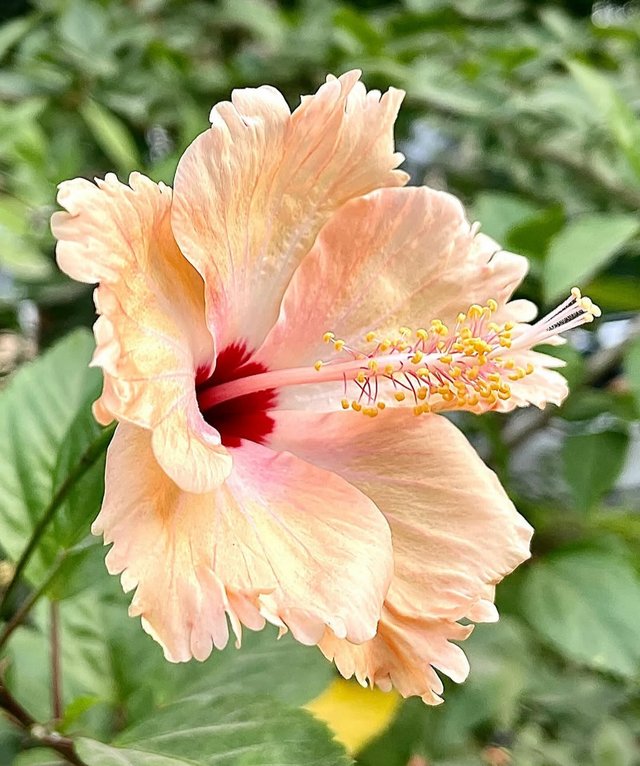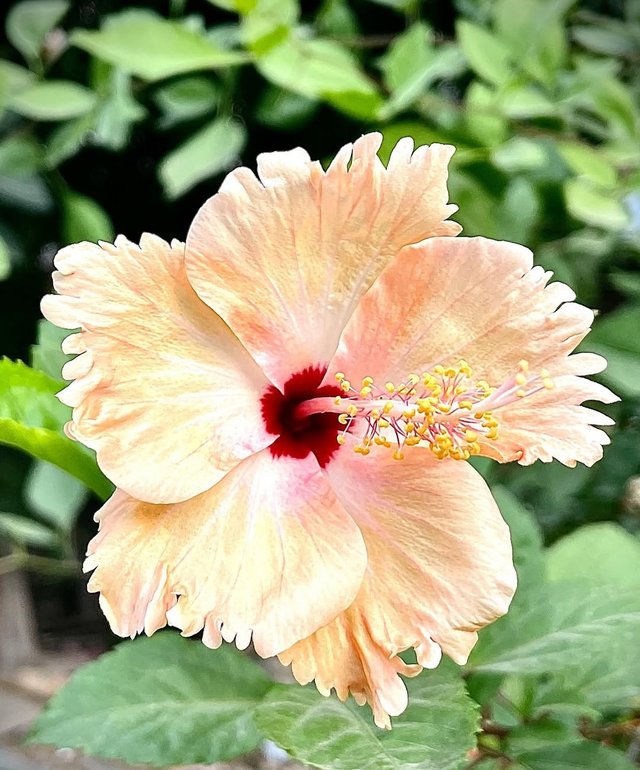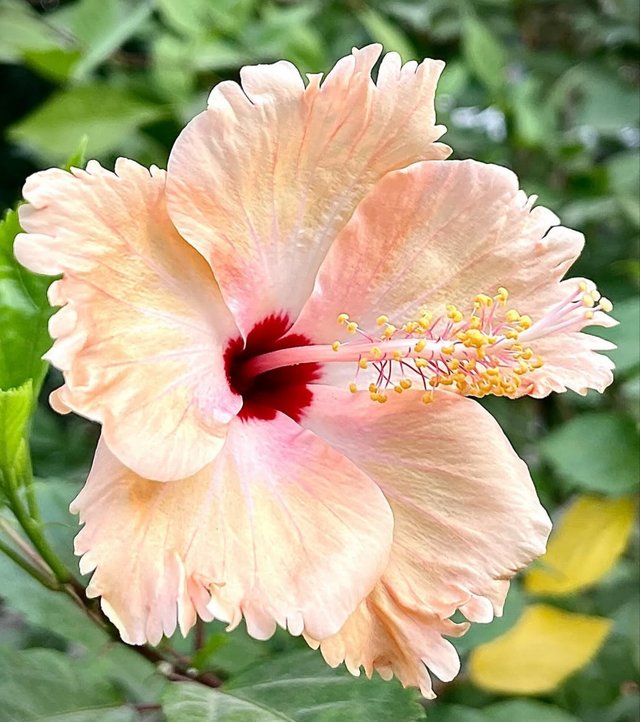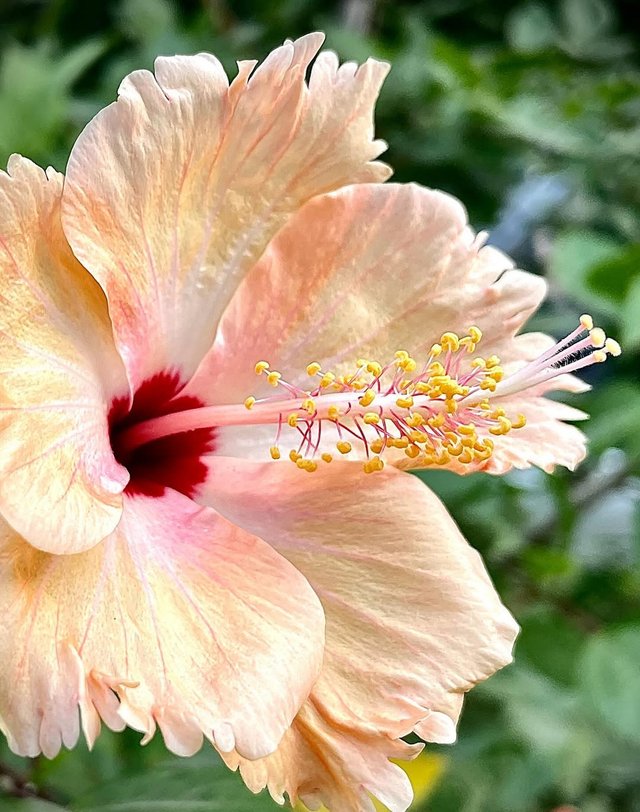Wonderful Hibiscus Flower
Hibiscus is one of the most cherished flowering plants in the world, admired for its large, vibrant blooms and its strong connection to culture, health, and beauty. Belonging to the Malvaceae family, the hibiscus genus consists of hundreds of species, ranging from shrubs to small trees. With its striking flowers in shades of red, pink, white, yellow, and orange, hibiscus has become a universal symbol of grace, delicate beauty, and tropical charm.
Appearance and Growth
Hibiscus plants are known for their trumpet-shaped flowers, often with five broad petals and a long, protruding stamen column at the center. The blossoms may be single or double-flowered, depending on the variety, and some species can reach up to 6–8 inches in diameter. The leaves are typically glossy green, oval to lance-shaped, adding to the plant’s lush appeal.
Hibiscus thrives in warm, tropical, and subtropical regions. It prefers full sunlight and well-drained soil, though it also adapts well to pots and containers, making it a popular choice for both home gardens and ornamental landscapes.
Symbolism and Cultural Significance
Hibiscus carries deep cultural and spiritual meanings across the world. In many cultures, it is associated with love, femininity, and delicate beauty. In Hawaii, the hibiscus is a state flower and is often worn as a symbol of hospitality, warmth, and welcome. In India and Southeast Asia, hibiscus flowers hold religious importance, frequently offered in prayers and rituals.
Red hibiscus, in particular, symbolizes passion and vitality, while white hibiscus represents purity and spiritual enlightenment. The flower’s fleeting bloom, often lasting only a day or two, is also seen as a reminder of life’s short-lived yet radiant beauty.
| Device | cannon eos 700D |
|---|---|
| Lens | 55-250 zoom leans |
| Location | Bangladesh |




